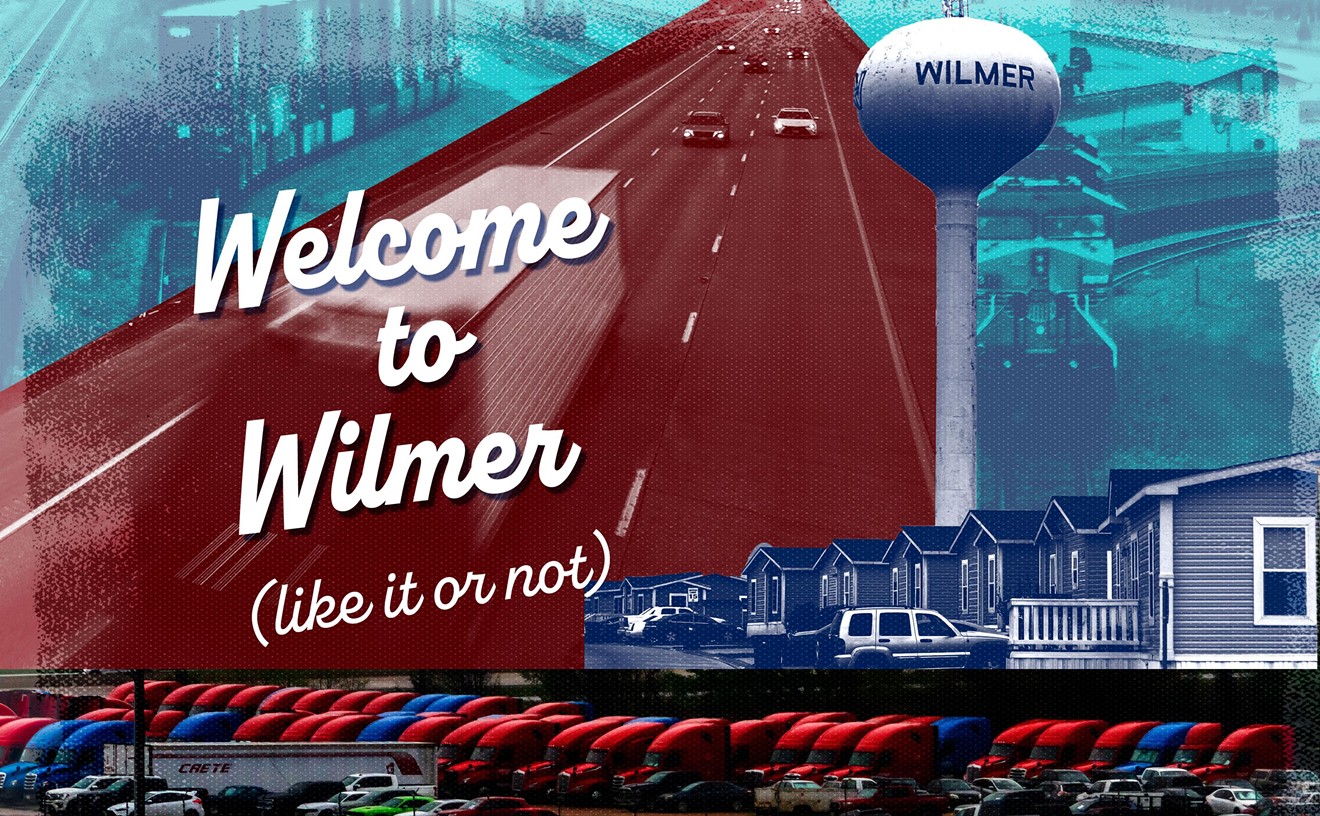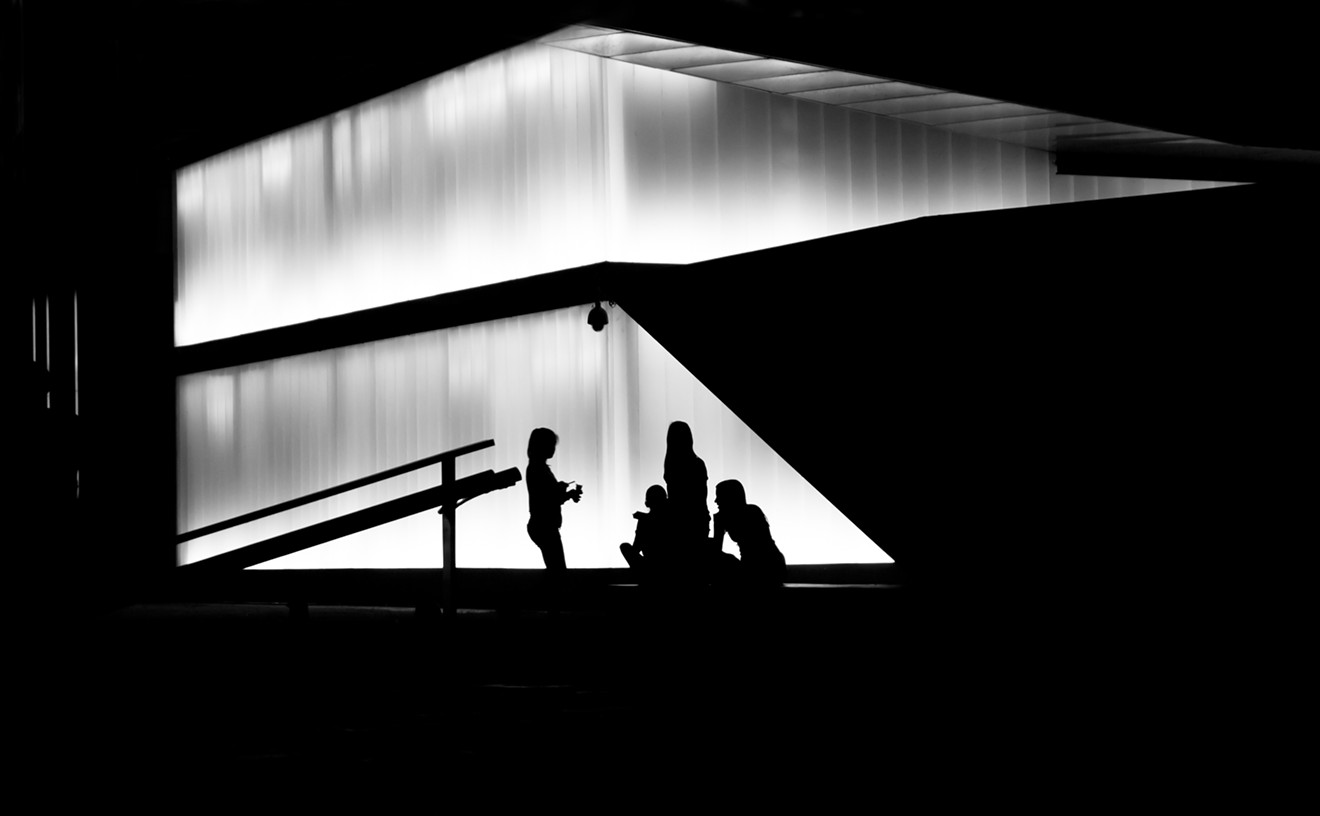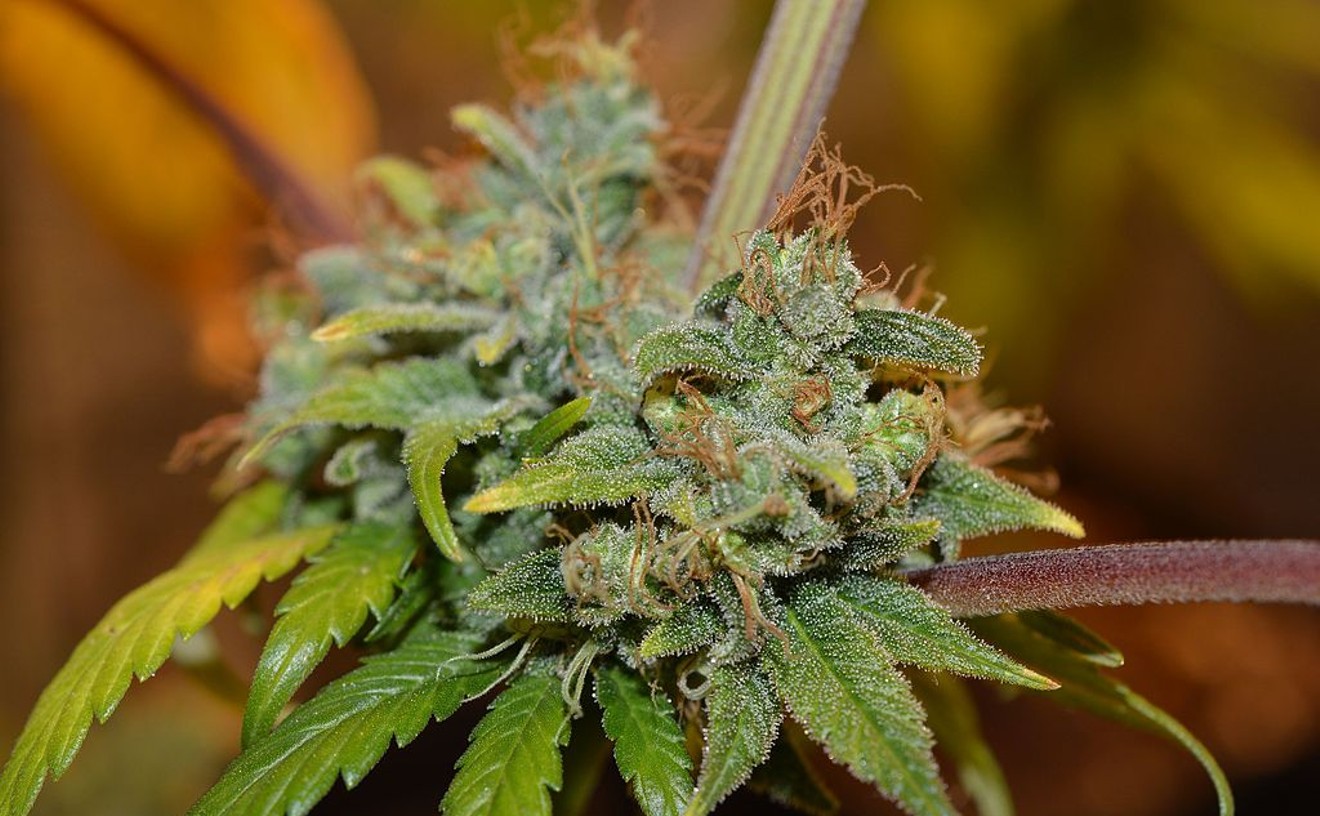By the time Homo sapiens had made it across the narrow strip of land then linking Asia and North America and started inching their way south, the mountains that had once dominated the Dallas landscape were a geologic footnote. Thrust upwards hundreds of millions years before by tectonic collisions, they'd been denuded by eons of wind and rain, inundated by a vast, briny sea and buried beneath so much sediment that all the newcomers could see was prairie, as flat and endless as a calm ocean.
They adapted to their new environment, roaming the plains and following the herds of large mammals they subsisted on. The arrival of Spaniards and their horses didn't change this; it merely intensified the jockeying for territory, a tribe's success dependent largely on its equestrian skills and ruthlessness. The Native Americans were pushed aside during the 19th century by white settlers, who also adapted to their new environment. They built homesteads, planted small-scale farms and grazed livestock on the wide grasslands.
Farming centers and railroad outposts grew and became towns. One of them, a day from Dallas by horse, was named for the flat and homely landscape: Grand Prairie.
As Dallas grew from a humble river crossing into a metropolis, Grand Prairie and neighboring communities were pulled into its orbit. By the second half of the 20th century Grand Prairie was being transformed into a full-fledged suburb, full of comfortable ranch-style homes and sprawling corporate campuses. They built a horse track and a big, star-studded concert venue. These, too, were an adaptation to the environment. Grand Prairie's cheap land and new highways made sprawl the only logical response. And then, as 2014 was winding down, Grand Prairie broke with eons and eons of geological, climatic and anthropological precedent announced plans to build a snow-covered indoor mountain.
In addition to the mountain (at 300 feet it's more of a hill, but whatever), the $215 million "Grand Alps Resort" is supposed to feature an ice-climbing wall, luge track and a Hard Rock Hotel. "The front of it looks like you're pulling up to a Swiss Alps ski resort, year around," Grand Prairie Mayor Ron Jensen told KERA last month. The illusion will promptly fade once visitors realize they're not in Switzerland but at Interstate 30 and Belt Line Road.
From a certain perspective the project, while fanciful, is harmless. It's going to be financed largely by rich Chinese investors angling for green cards. Grand Prairie is on the hook only for the land it's agreed to donate and some tax incentives. And hey, it's worked in Dubai.
Let's hope that before Grand Prairie's City Council votes on the tax incentives this month and before they break ground on their faux Swiss chalet, they appreciate the broader ramifications of the development. What, they must ask themselves, will extraterrestrial archaeologists think of human civilization when, combing through its wreckage, they find a pretend mountain, kept frozen in triple-digit heat even though doing so contributed to an ultimately catastrophic increase in global temperatures? Decadence and waste, that's what. When the archaeologists return to their home planets to brief its leaders on humanity's demise, the Grand Alps Resort will be in their PowerPoint presentation.
Unfortunately, such concerns do not seem to have occurred to Grand Prairie's leaders. The only hope now is that Chinese millionaires are less desperate for green cards than they seem.
Send your story tips to the author, Eric Nicholson.










